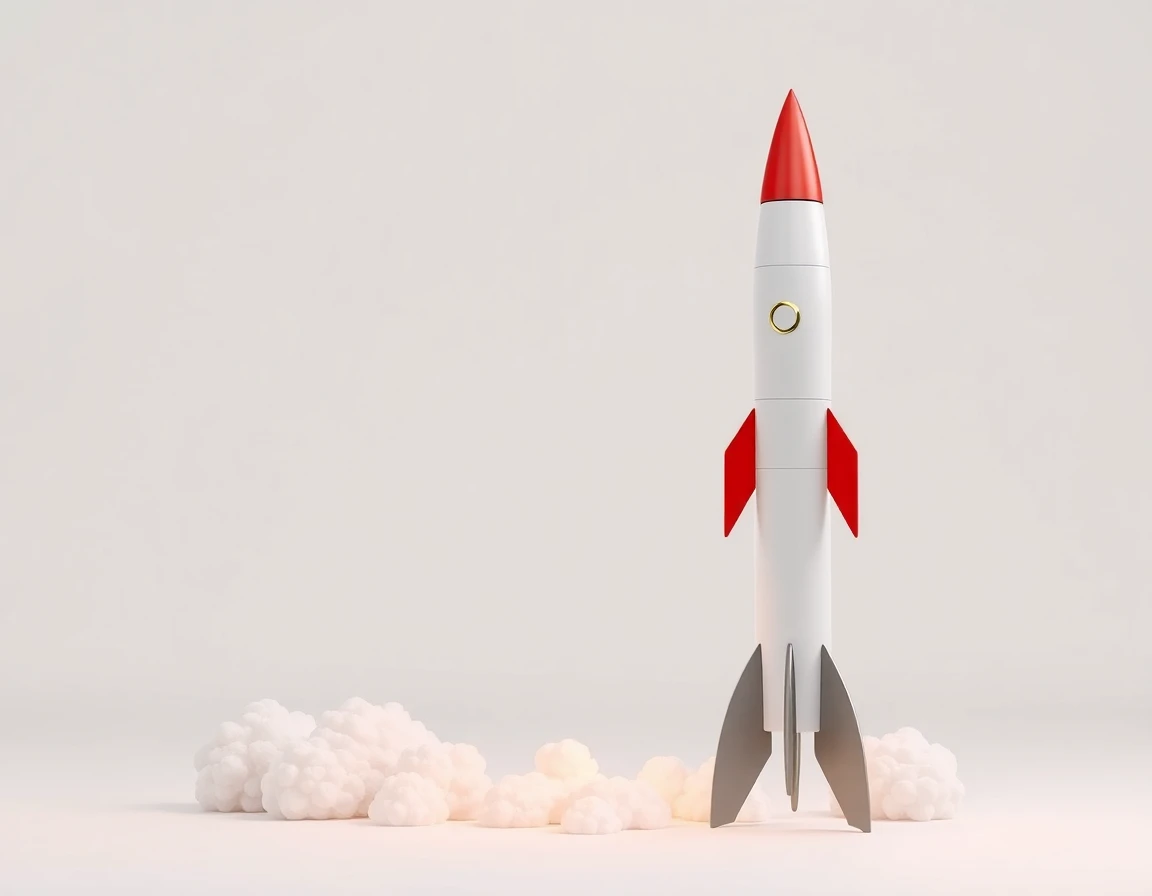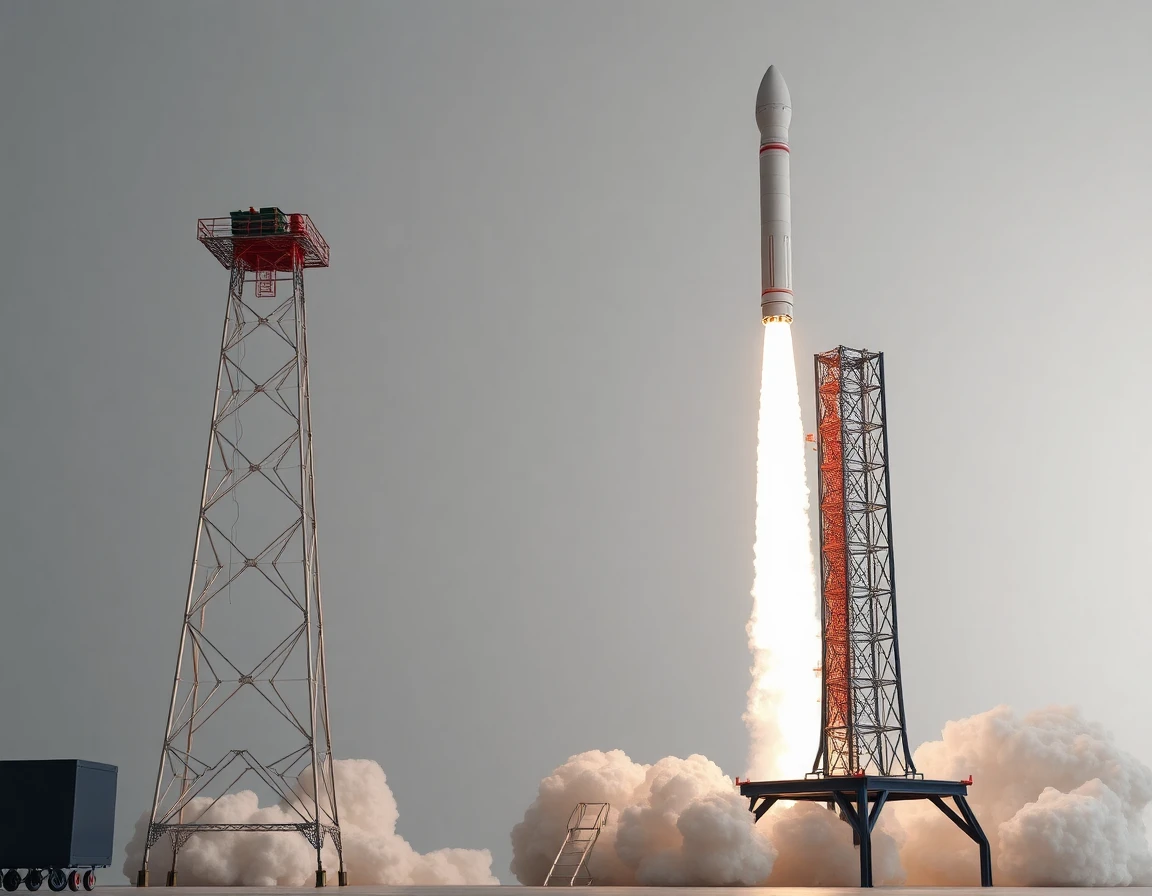Rocket Lab, the innovative aerospace manufacturer and small satellite launch service provider, has officially inaugurated its new Neutron launch pad at its facility in Mahia, New Zealand. This strategic development is poised to expand the company’s launch capabilities and cater to the growing demand for medium-lift rocket services.
Expanding Launch Capabilities
The Neutron rocket, designed to carry payloads of up to 8 tons to low Earth orbit (LEO), is a significant step forward for Rocket Lab. The new launch pad is specifically engineered to accommodate the rocket’s larger dimensions and advanced technology.
According to Peter Beck, CEO of Rocket Lab, “The Neutron launch pad represents not just a physical expansion, but also a commitment to innovation in the aerospace sector. We are positioning ourselves at the forefront of the new space age where medium-lift capabilities are increasingly essential.”
Technical Specifications of the Neutron Rocket
The Neutron rocket features several cutting-edge technologies that set it apart from its predecessors. These include:
- Payload Capacity: Up to 8,000 kilograms to LEO, ideal for deploying larger satellite constellations.
- Reusable Design: Designed for reusability, the Neutron aims to reduce costs associated with space launches significantly.
- Advanced thermal management systems: These systems ensure that the rocket can withstand the intense heat and pressure during launch, enhancing safety and performance.
The rocket’s design also incorporates advanced inertial navigation systems, providing precise guidance during launch and ensuring accurate payload deployment.
Industry Context and Insights
The launch of the Neutron pad comes at a time when the demand for satellite launches is surging. According to the Space Data Association, the number of satellites launched globally has increased by over 50% in the last three years, driven by the proliferation of small satellites for communications, earth observation, and scientific research.
Space analysts believe that the Neutron rocket will fill a critical gap in the market for medium-lift rockets, particularly as companies like SpaceX and United Launch Alliance dominate the heavy-lift segment.
Dr. Emily Zhang, an aerospace engineer and industry expert, commented, “Rocket Lab’s Neutron rocket is well-positioned to capture a share of the growing demand for medium-lift launches. Its reusable architecture and advanced technology could significantly lower launch costs, making space more accessible for a wider array of customers.”
Future Developments and Impacts
The implications of Rocket Lab’s Neutron launch pad extend beyond just the company itself. As more players enter the medium-lift market, competition will likely drive innovation and efficiency across the board. The company aims to conduct its first Neutron launch in early 2024, with plans to target both commercial clients and government contracts.
Moreover, the success of the Neutron rocket could pave the way for future advancements in rocket technology, including enhanced gyroscopic instruments that improve stability during flight and more sophisticated payload deployment mechanisms.
Conclusion
With the inauguration of the Neutron launch pad, Rocket Lab is not only enhancing its operational capabilities but also setting the stage for a new era in space exploration and satellite deployment. As the aerospace industry continues to evolve, the advancements made by companies like Rocket Lab will play a crucial role in shaping the future of space travel and technology.
As the world watches, the Neutron rocket may soon become a household name in the realm of space exploration, pushing the boundaries of what is possible in the aerospace sector.



